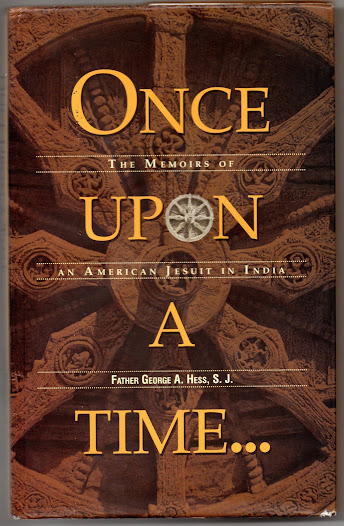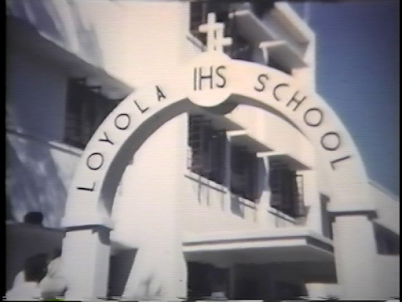The Birth of the Boulevard Hotel
In Jamshedpur, with the demand for steel increasing, the Tata Iron and Steel Company geared up for the extra production and also found that the number of visitors was increasing. Earlier, the company had built the “TISCO hotel” which was run by the famous Billimoria family originally from Nagpur, but having interests in the hospitality and liquor trade in Asansol, Burnpur, Kulti, Jamshedpur and Kharagpur.
One evening, in 1940 the town administrator met John D’Costa, son of Bartholomew D’Costa, a prominent TISCO contractor. John had returned with a B.E. degree from Battersea University, U.K. and was familiar with many of the executives. “John, would you like to build a hotel in Bistupur? We had allotted a plot next to the police station to a person from Calcutta but he let us down. If you say you will have the hotel up in six months, the land is yours.” The English gentleman went on to say that if John failed there would be severe black-listing on his father’s company. The family did not let the company down. A sub lease was signed in June 1940, and a salami of Rs 22,000 was paid. The hotel was running in six months. Certain factors worked in his favour. The family already had skilled civil workers, brick kilns and were agents for a prominent cement company. John used a ready-made hotel plan to save time. In Calcutta, the Lord’s Hotel, Esplanade, was closing down and John bought the entire cutlery from them. The first manager was an English lady who apparently had a flair for running hotels.
If the hotel depended on Company visitors, it would have gone into severe losses. World War II favored it! About 45 minutes away, the Allies had built an air-base to defend the country against the Japanese invasion. It was managed by American and British air-men, who used the hotel for their accommodation. The British stayed in the 14 rooms on the ground floor and managed their own mess. They were charged 14 ‘annas’ a day per person. The Americans stayed above and paid one rupee and 16 ‘annas’ a day for room and board. With the Allies soldiers staying at the hotel, there was never a dull night – with music and parties ! However, it also witnessed a few fights. It is said that if there was someone the British hated more than the Japanese, it was the Americans.
It didn’t take long for the family to recover the initial investment of Rs. 45,000. Above is a piece of antiquity that reminds the new generation about the manner in which this hotel was started. Mr. John D’Costa, the son of Mr. Bartholomew D’Costa, to keep his word to TISCO about starting the hotel within six months decided to buy the crockery and cutlery from Lords Ltd., a hotel that closed around that time. This is picture of a milk jug proudly displaying a lamb holding a flag in its right foot. The children of Mr. John D’Costa pretended that the lamb cutlets were made from this very same animal.
During World War II the Steel Company had planned two ways of stalling the Japanese fighters from attacking the works. The first was sending up gas balloons tied to steel ropes high into the sky. This prevented the fighter planes from diving lower to bomb. Also, when the siren went off, tar was lit to create smoke to disguise the factory. B. D’Costa and Co. had the latter contract. So, this, in short, was The Boulevard Hotel’s contribution to the war effort.
For more than twenty years after the war, there was a period of stagnation and it was only because of the family attachment to “The Boulevard” that they continued to hold it. In 1969 it went through a face-lift where a good friend, Roomi Masters, the TISCO town architect, helped. The Hotel began viable operations again around 1980 and has not turned back since then





















